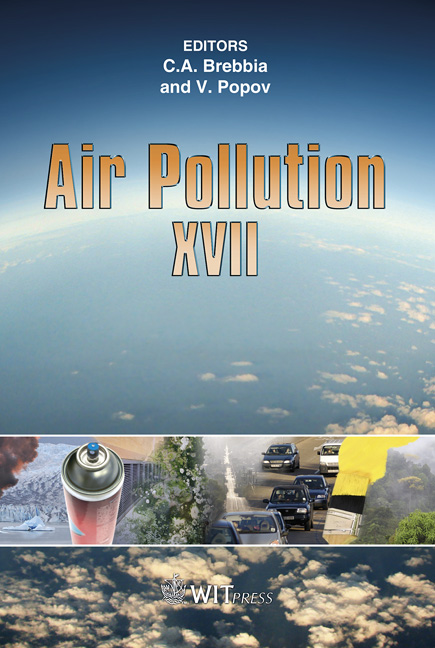Selecting A Fast Air Quality Calculator For An Optimization Meta-model
Price
Free (open access)
Transaction
Volume
123
Pages
11
Page Range
39 - 49
Published
2009
Size
490 kb
Paper DOI
10.2495/AIR090041
Copyright
WIT Press
Author(s)
L. Aleluia Reis, D. S. Zachary, U. Leopold & B. Peters
Abstract
Air pollution models have been developed over the last few decades, ranging from large detailed models, involving complex physical-chemical phenomena, to less detailed models. Air pollution models can also be grouped according to their scale. The air quality model, AYLTP, to be presented in this paper, aims at a spatial grid specificity that falls outside of the typical air quality scales approach. This model requires a spatial domain of approximately 100 km × 100 km, a spatial grid spacing of approximately 100-500 m, a time step of 10 minutes and a temporal domain of 24 hours. Moreover AYLTP requires a fast core calculator, as it will be incorporated on the Luxembourg Energy and Air Quality meta-model (LEAQ), which is built in an optimization framework. This paper aims at selecting the most suitable code to serve as a core calculator to be incorporated in AYLTP. A set of criteria was established to carry out an analysis of different open source air qualitymodels suitable for the LEAQmeta-model. The selection of themodelswas based on a space-time graph. For each model, areas of influence were determined, based on the assumption that for a fixed CPU time, the grid spacing increases with the spatial domain size. Two models, AUSTAL2000 and METRAS, fit the required criteria. The choice between these two models was based according to the model’s flexilibity in terms of resolution and CPU performance. In this paper we briefly review the LEAQ project and discuss the criteria used to find a suitable core calculator. AUSTAL2000 is the model that better suits the criteria due to its simpler characteristics and faster transport calculator. Keywords: meta-model, air quality model, scales, model comparison.
Keywords
meta-model, air quality model, scales, model comparison





